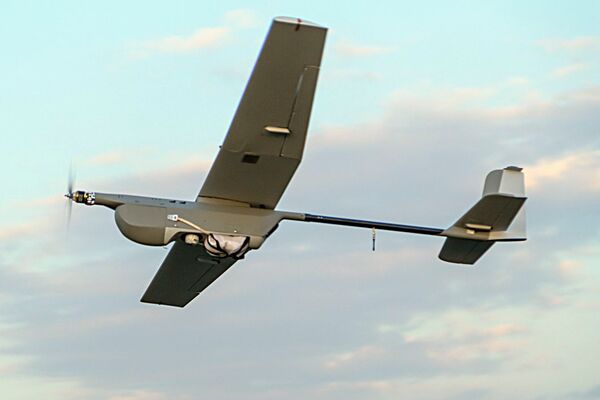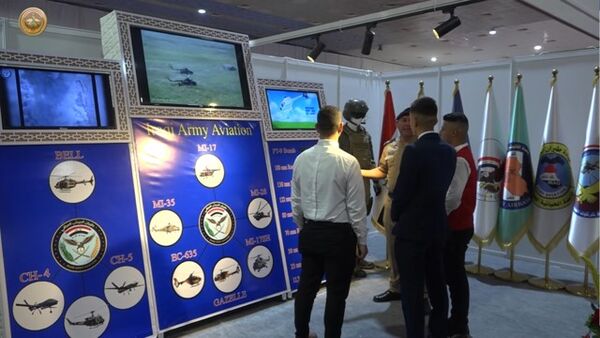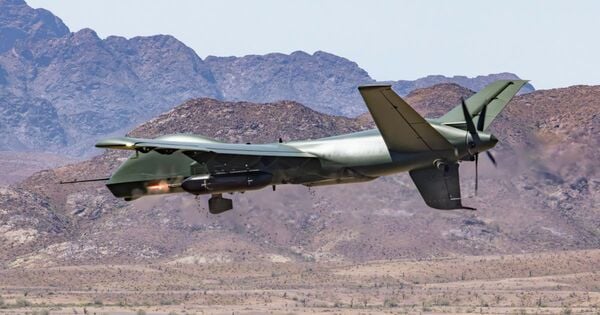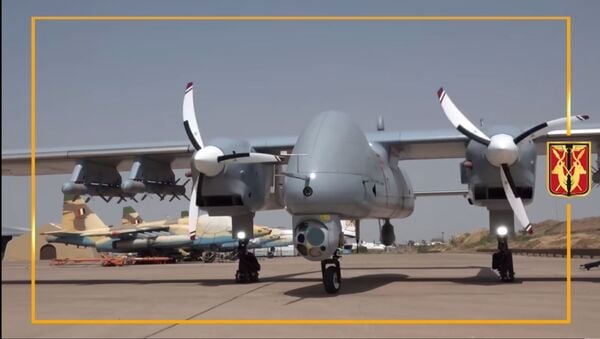- About
- Intara
- Capabilities
- Advisory
- Resources
- News
- Store
Brazilian Army mulls loitering munitions and armed UAVs
03 December 2021
by Victor Barreira


The Brazilian Army uses the hand-launched FT-100 fixed-wing ISTAR tactical UAV for different applications. (FT SISTEMAS S/A)
The Brazilian Army is seeking to adopt unmanned combat tactical effectors such as loitering munitions and armed unmanned aerial vehicles (UAVs).
The army is conducting preliminary studies that are expected to culminate with the publication of requirements for such systems over the next few years, Lieutenant Colonel Leonardo Gomes Saraiva, Army High-Staff supervisor of the Subprogram Remotely Piloted Aircraft Systems (SPrg SARP), told Janes .
Acquiring loitering munitions is planned for the short term, while the Category 0, 1, 2, or 4 armed UAVs with beyond visual line-of-sight (BVLOS) capability are to be procured in a short to medium term.
The SPrg SARP, part of the Army Strategic Program Obtaining Full Operational Capability (Prg EE OCOP), is aimed at acquiring unmanned systems for roles such as intelligence, surveillance, target acquisition, and reconnaissance (ISTAR); electronic signals intelligence (ELINT); communications intelligence; logistics, fire support and command-and-control, and to support the Brazilian Defence Technological and Industrial Base. Final administrative activities to formally establish the SPrg SARP will occur in 2022, Lt Coronel Saraiva said.
Iraqi Army Aviation Command identifies itself as CH-5 UAV operator
24 April 2024
by Jeremy Binnie


A still from a video released on 21 April shows the Iraqi Army Aviation Command stand at IQDEX in Baghdad. (Iraqi Ministry of Defence)
Iraqi Army Aviation Command (IAAC) has confirmed it has ordered, if not already received, Chinese-made CH-5 unmanned aerial vehicles (UAVs).
The command's stand at the International Defense Exhibition in Iraq (IQDEX) held in Baghdad from 20 to 23 April was decorated with posters that showed all the aircraft it has in service, which included the CH-5 next to the CH-4 UAV operated by its 100 Squadron.
Earlier reports that Iraq had acquired CH-5s were based on a photograph that circulated on social media in September 2023 showing a man holding a certificate in front of a projected image that identified the event as the “closing ceremony for CH-5 training” above Iraqi and Chinese flags.
A second photograph purportedly of the certificate showed it was for the successful completion of the CH-5 theoretical, practical, and flight training courses. While the graduate's name was obscured, it had stamps from the Iraqi military attaché office in China as well as the Chinese companies Poly Technologies and CH UAV Science and Technology Company.
General Atomics tests podded guns on Mojave UAV
24 April 2024
by Zach Rosenberg


A GA-ASI Mojave UAV performs a gun-run with a Dillon DAP-6 podded minigun. (GA-ASI)
General Atomics Aeronautical Systems, Inc (GA-ASI) has tested a podded gun on its Mojave short take-off and landing (STOL) unmanned aerial vehicle (UAV), the company said in a 23 April release.
GA-ASI mounted two Dillon DAP-6 podded miniguns to the Mojave and tested the combination at the Yuma Proving Ground in Arizona on 13 April. The Mojave performed seven gun-runs during two flights, expending around 10,000 rounds of ammunition against “a variety of targets”, according to GA-ASI. A video accompanying the release showed the UAV destroying a pickup truck.
“For this live-fire demonstration, our goal was to validate the [Mojave's] battlefield relevance,” GA-ASI told Janes on 23 April. “As such, the effort was done completely using GA-ASI's [internal research and development funding], but we believe that successfully demonstrating this capability is of considerable interest to potential customers.”
Integrating the gun pods took “about 70 business days” to complete, added the company.
Chadian Air Force unveils Aksungur UAV
23 April 2024
by Jeremy Binnie


Chad's new Aksungur is seen warming up for take-off in a still from a video released by the AAT. (Armée de l'Air Tchadienne)
The Chadian Air Force (AAT) has revealed it has received at least one Turkish Aerospace (TUSAŞ) Aksungur unmanned aerial vehicle (UAV).
It released a video on 21 April that included footage of an Aksungur with AAT markings and the Turkish-format serial 23013 taking off from Adji Kosseï Air Base at N'Djamena International Airport armed with eight MAM-L small laser-guided bombs. The video also featured AAT personnel being trained by TUSAŞ in Türkiye.
The AAT operates at least two TUSAŞ Anka UAVs and three TUSAŞ Hürkuş-C turboprop light-attack aircraft, which were unveiled when President General Mahamat Idriss Déby Itno visited Adji Kosseï Air Base in July 2023.
The Brazilian Army is seeking to adopt unmanned combat tactical effectors such as loitering munition...
Latest Podcasts
Iran Israel analysis
In this podcast Janes analysts discuss the Iranian attacks on Israel on the 14 April. They highlight the military systems used by Iran and the performance and impact of these on Israel. They also discuss the implications of this attack goi...
Listen nowJanes Case Studies
Using Janes Intara to build a common intelligence picture: Russian build up on the Ukrainian border
View Case StudyNews Categories
 Industry Details
Industry Details